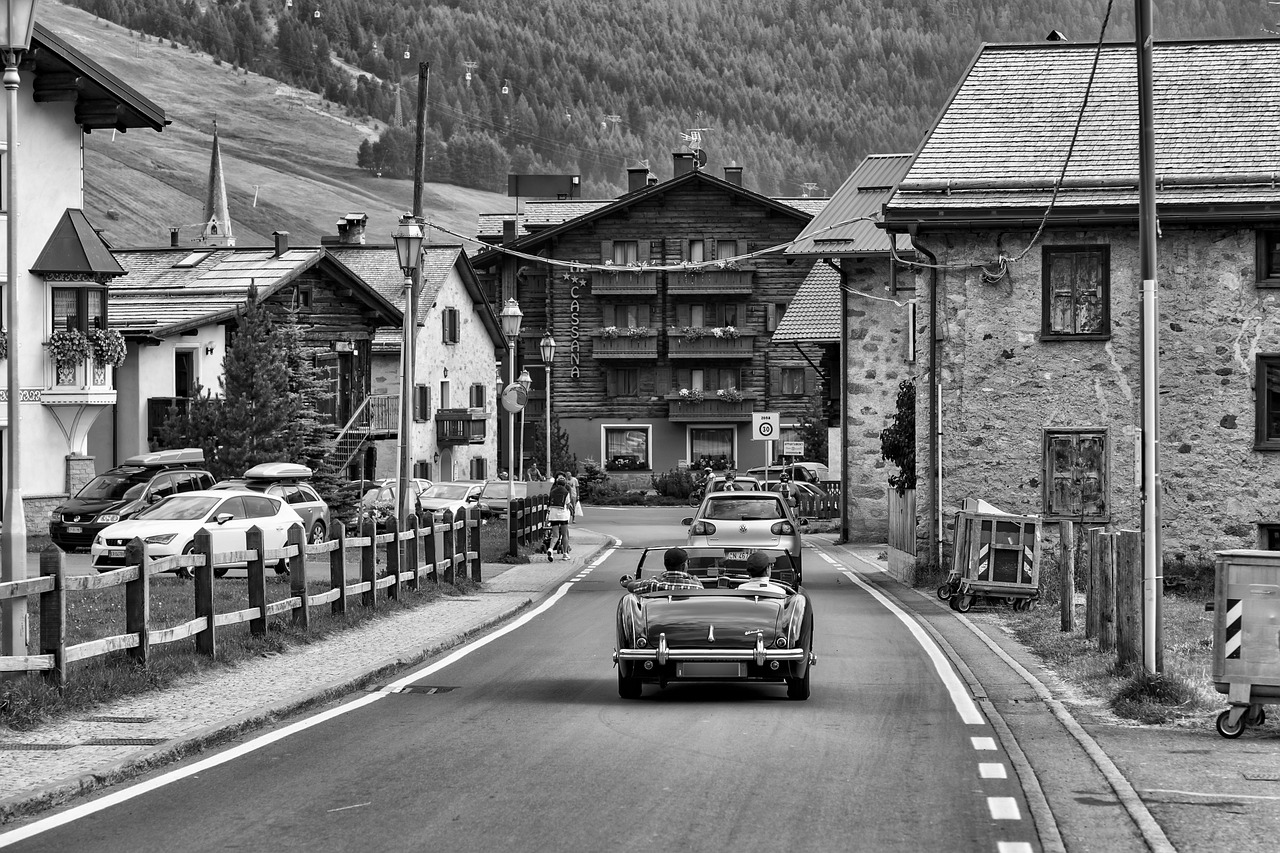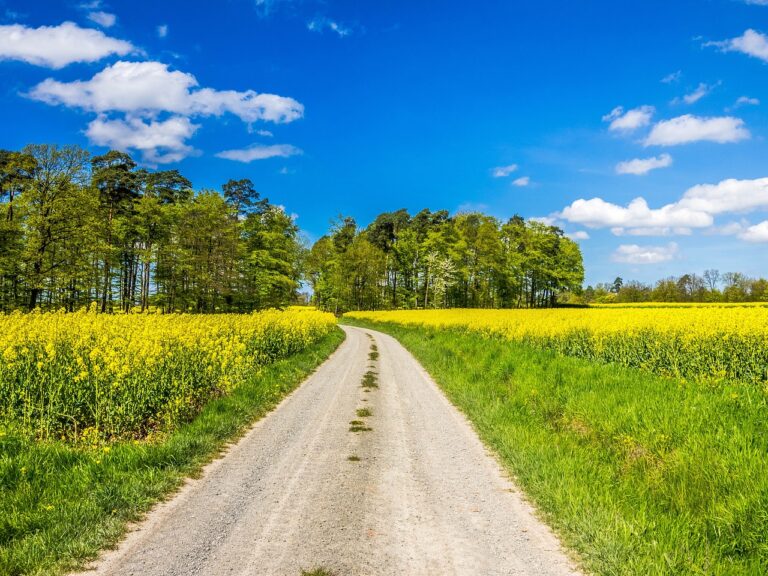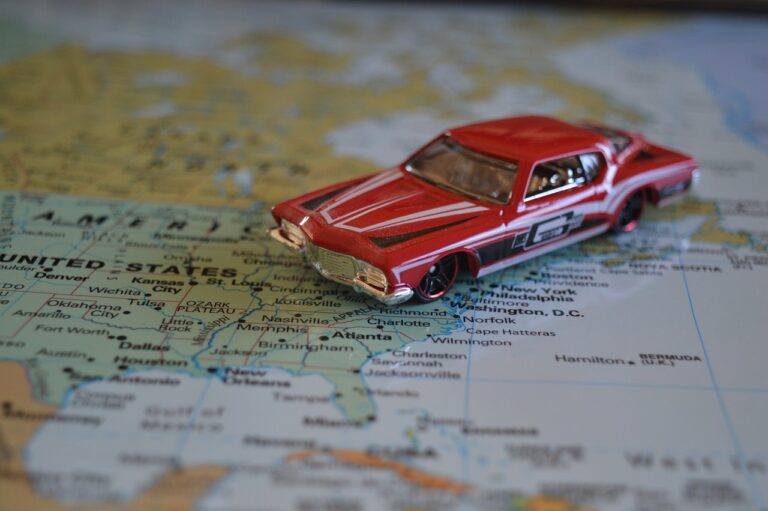Automotive Paint Surface Texture: Measurement and Control
goldbet.com login, tigerexch247, betbook247 id: Automotive paint surface texture can make a big difference in the overall look and feel of a vehicle. Whether you’re a car enthusiast looking to show off a shiny new paint job or a manufacturer aiming for a flawless finish, measuring and controlling paint surface texture is key to achieving the desired result.
What is Automotive Paint Surface Texture?
Automotive paint surface texture refers to the smoothness or roughness of the paint surface on a vehicle. It is determined by factors such as the type of paint used, the application method, and the environmental conditions during the painting process. A smooth paint surface texture is often associated with a high-quality finish, while a rough texture can detract from the overall appearance of the vehicle.
Why is Measurement and Control Important?
Measuring and controlling paint surface texture is crucial for several reasons. First and foremost, it ensures consistency in the finish of the vehicle, whether it’s a single car or an entire production line. By monitoring and adjusting the texture of the paint surface, manufacturers can reduce the risk of defects and rework, ultimately saving time and money.
Additionally, measuring and controlling paint surface texture can help improve the durability of the paint job. A smooth surface texture is less likely to trap dirt and contaminants, making it easier to clean and maintain the vehicle over time. On the other hand, a rough surface texture can lead to premature wear and damage to the paint finish.
How is Automotive Paint Surface Texture Measured?
There are several methods for measuring automotive paint surface texture, each with its own advantages and limitations. One common technique is using a gloss meter, which measures the amount of light reflected off the paint surface. A high gloss reading indicates a smooth surface texture, while a low gloss reading suggests a rough texture.
Another method is using a profilometer, which measures the height variations on the paint surface. By scanning the surface with a probe, the profilometer can generate a profile of the texture, allowing for detailed analysis of peaks and valleys. This information can be used to adjust the painting process and improve the finish of the vehicle.
How to Control Automotive Paint Surface Texture
Controlling automotive paint surface texture involves fine-tuning the painting process to achieve the desired result. This can include adjusting the paint formulation, application technique, drying time, and environmental conditions. By monitoring the texture of the paint surface throughout the painting process, manufacturers can make real-time adjustments to ensure a smooth and consistent finish.
One common method for controlling paint surface texture is using additives in the paint formulation. By incorporating ingredients like leveling agents and flow modifiers, manufacturers can improve the flow and leveling of the paint, resulting in a smoother finish. Additionally, using a controlled drying environment, such as a dust-free booth, can help prevent dust and debris from settling on the paint surface, leading to a cleaner finish.
FAQs
1. How does paint surface texture affect the overall appearance of a vehicle?
– Paint surface texture can significantly impact the way a vehicle looks and feels. A smooth texture is often associated with a high-quality finish, while a rough texture can detract from the overall appearance of the vehicle.
2. What are some common causes of rough paint surface texture?
– Rough paint surface texture can be caused by factors such as improper paint application, contamination during the painting process, or environmental conditions like humidity and temperature.
3. How can I improve the paint surface texture of my vehicle?
– To improve the paint surface texture of your vehicle, consider using additives in the paint formulation, adjusting the application technique, and ensuring a controlled drying environment. By monitoring the texture of the paint surface throughout the painting process, you can make real-time adjustments to achieve a smoother finish.
In conclusion, measuring and controlling automotive paint surface texture is essential for achieving a high-quality finish and ensuring the durability of the paint job. By using advanced measurement techniques and fine-tuning the painting process, manufacturers can achieve a smooth and consistent texture that enhances the overall appearance of the vehicle.







